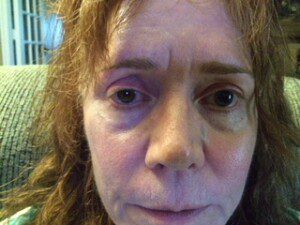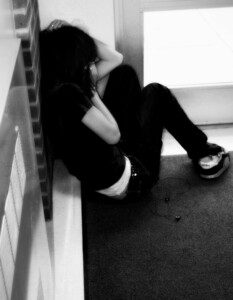 By Guest Blogger Deborah R. Brandt, PT, DPT, CMA
By Guest Blogger Deborah R. Brandt, PT, DPT, CMA
Twice, I have had post-traumatic stress disorder (PTSD) and chronic [complex] regional pain syndrome (CRPS) occur simultaneously. In case other people may have PTSD associated with their CRPS, here are some insights and information I have gained from my healing process I would like to share with you.
MY STORY
I discover myself running on an unfamiliar path in Central Park and watch my 6 month-old Golden Retriever, Lily, ears floating out like wings, enjoying running with me. Why am I running nowhere in Central Park on this beautiful fall day?
Slowly, I remember. I was playing with Lily in an area with other dogs and their owners when a tennis ball thrown for a dog hit me in the temple. I didn’t see it coming and was stunned. A woman approached me from a distance apologizing profusely. Screaming, I put my hands out to push her away, “Don’t come near me, don’t touch me, how could you do such a thing?” Then I discovered myself running. I still have no memory of what happened between my screaming and my running on the path with Lily. My disembodied escape was not from the apologizing woman; I ran from my violent father whose danger my mother did not acknowledge. The shocking, unanticipated impact of the tennis ball had awakened my PTSD.
Again, with the dogs a few weeks later while still experiencing PTSD, I blanked out and discovered myself lying on my side and face down with my foot planted in the mud, my ankle folded in half. I heard someone screaming and discovered that the voice belonged to me. Another woman approached me from a distance and apologized that her dog knocked me down.
In the emergency room, I was told I was fine. The next day, an orthopedist told me I had fractured my cuboid, (I had also fractured my second metatarsal) and then I slept for three days. When I awoke my pain did not feel like my previous fractures; it wasn’t local. I felt like I couldn’t move and had to give myself instructions on how to get out of bed.
I felt irritable, brain fogged, unable to make decisions, and uneasy about myself, but I didn’t know why. When these puzzling sensations combined with the misinformation I received from the medical professionals I saw, I became increasingly confused.
After four months, a podiatrist finally suggested I see a pain doctor. I had removed my attention from the leg that was causing me pain, so I asked him why. He told me that something in the MRI might indicate I had CRPS.
With the help of the pain doctor, podiatrist, behavior therapist, and osteopath, my CRPS went into remission for 5 years. Because at the time I couldn’t tolerate physical therapy (PT) I incompletely rehabilitated myself. The behavior therapist helped me re-inhabit my real leg using HeartMath.
In 2017, while experiencing another episode of PTSD, I tripped and bruised my left knee. It recovered quickly. But, as though my body and brain remembered the previous foot injury from which I had never been completely rehabilitated, my CRPS returned along with an aggravation of the original foot injury. This time I was able to tolerate PT and I pursued EMDR (eye movement desensitization and reprocessing) for my PTSD.
EXPERIENCE OF DANGER AND THE AUTONOMIC NERVOUS SYSTEM
With both CRPS and PTSD, the autonomic nervous system (ANS) is over-stimulated. Our ANS connects our central nervous system (CNS) (brain and spinal cord), to our organ, respiratory, and cardiac systems. It is not under conscious control; however activities like meditation can have an effect on it. Its two components, the sympathetic nervous system (SNS), and the parasympathetic nervous system (PNS) keep our life-sustaining body systems in balance (homeostasis).
When we experience danger, the SNS triggers increased heart and respiratory rates, raises blood pressure and prepares us for fight or flight. The PNS responds when we have no hope for escape and we freeze. Also, when we experience that the danger has passed, the PNS reduces heart and respiratory rates and establishes a state of restorative balance to our systems.
The ANS is designed to be resilient in response to external stimuli. But danger that continues over time can cause the SNS to remain in hyper-arousal which can cause CRPS, PTSD, and many other serious health problems.
Emotional pain and physical pain are processed similarly.[i] My CRPS and PTSD manifest on a continuum similar to my blood pressure which can go up when I feel stressed, but can also go down when I hold my dog, Lily. The nature of life is change, so the more appropriately my ANS ebbs and flows in relation to my environment, the more coincident with real-world reality my symptoms are.
A defining factor of CRPS is pain greater than what we would expect. This is a result of our brain experiencing that we are in physical danger. A central component of PTSD is fear out of proportion to the present danger. For both, the exaggerated experience of danger may or may not be relevant to the triggering event.
TREATMENT
Common treatment modalities for CRPS include medication, biofeedback, spinal cord or dorsal root ganglion stimulation, and physical therapy. Useful for treating PTSD are medication, EMDR, hypnosis, and cognitive – behavior therapies.
In his book, The Body Keeps the Score: Brain, Mind, and Body in the Healing of Trauma, Bessel van der Kolk writes about how people recover from trauma and PTSD. He explains that traumatic memories are stored in the limbic (emotional) system of our brains, separate from non-traumatic memories and away from the language center of our brain. Therefore, he writes, talk therapies, while they can be very helpful, often can’t reach the non-verbal, lived experience of PTSD. However, he says, the experience may be accessed through metaphor and imagery in one of the many ways that allow us to externalize internal feelings non-verbally.
Journaling and the creative arts therapies are some of the ways this could be done. Cognitive processes can be employed to facilitate understanding and integration once the feelings are expressed. Chronic pain is processed similarly and is also a wordless experience.
CRPS and PTSD are both psychophysical states in which the SNS remains inappropriately hyper-aroused. Fortunately, diminishing your feeling of danger and increasing your feeling of safety can be approached in many ways. Techniques to help you access your embodied self and balance your ANS are best explored with the mediation of a helping professional.
There are active modes for affecting the ANS: Yoga, and other movement meditation disciplines; receptive modes – massage and manual therapies; and participatory modes – body and movement therapies many of which employ active and receptive components. Breathing exercises included in many of these activities usually emphasize the out-breath because that phase activates the restorative PNS.
PT treatment employs the three – pronged biopsychosocial approach for treating chronic pain:
1) Education, that pain is processed in the brain not in the body tissues that hurt, and addressing the patient’s beliefs about pain.
2) Graded sensory experiences, designed to desensitize the patient to the felt pain. The senses involved are primarily vision, touch, proprioception (sense of body position in space).
3) Graded motor imagery, leading to active movement. It starts with the patient visualizing movements that are too painful to produce. Merely visualizing movement may cause some people pain. It includes practicing left right discrimination, and sometimes the use of a mirror box. As movement becomes tolerable, visual imagery is embodied through body movement in space, stimulating kinesthesia (sense of movement). [ii] [iii] If the CRPS was triggered by an injury that is still acute, the injury and the CRPS would be treated simultaneously.
HEALING PROCESS SUMMARY
Goal: a better balanced ANS to decrease pain and maximize function.
We experience a reality that is outside of our own through the mediation of other persons whose reality we trust. Establish your treatment team: doctor to help you control your pain; movement professional to guide you safely into active movement and if necessary treat acute pain; therapist who can help you process and integrate your feelings.
For CRPS:
- Differentiate your pain, after an injury, acute and chronic pain may occur simultaneously. Treatment must address both.
- Address your fears and thoughts about your pain and your movement. By decreasing your fear, you may be able to decrease your pain and maximize your functional movement.
- Move your breath and body appropriately so that muscle tension is decreased and blood flow is increased, cleansing and healing your body.
For PTSD:
- Find a therapist who can help you access, express and integrate your wordless memory of trauma through EMDR; hypnosis; techniques using symbolic representation of feelings, such as journaling, creative arts therapists.
For both:
- Learn stress reduction techniques to decrease the hyper-arousal of the SNS and increase the PNS restorative function.
- Identify and implement a healthy lifestyle that addresses positive nutrition, exercise, sleep, and cognitive and interpersonal experiences.
- Process your thoughts and feelings with helping professionals to consolidate a re-integration of your healthier self.
It is not necessary or even desirable, to do everything at once. Try any suggestion that you expect will be most helpful to you at the moment. PTSD and CRPS don’t always go together, but if they do for you I hope this will give you more tools for dealing with your pain. If for you they don’t go together, I hope perhaps some of these ideas may still be helpful.
————————————————–
[i] Eisenberger NI. The neural bases of social pain: Evidence for shared representations with physical pain. Published online 2012 Jan 27. Accessed 11/12/17.
www.ncbi.nlm.nih.gov/pmc/articles/PMC3273616
[ii] Physical Therapist’s Guide to Chronic Regional Pain Syndrome: http://www.moveforwardpt.com/SymptomsConditionsDetail.aspx?cid=31c5d12d-2fd4-4723-949d-ad741d4c71d7
Physical Therapist’s Guide to Chronic Pain Syndromes: http://www.moveforwardpt.com/SymptomsConditionsDetail.aspx?cid=dd79c11d-9ac3-42cc-bcc2-2edd5079a57a
Physical Therapist’s Guide to Pain
http://www.moveforwardpt.com/symptomsconditionsdetail.aspx?cid=e6dabed7-c6d5-4362-8260-9ce807427619
[iii] Butler DS, Moseley GL. Explain Pain. 2nd ed. Adelaide, South Australia: Noigroup Publications; 2013.
Deborah R. Brandt, PT, DPT, CMA is a retired Doctor of Physical Therapy, Certified Movement Analyst, and dancer who has lived with both CRPS and PTSD. She has studied pain and embodied expression of feelings throughout her professional life. To contact her, email [email protected] and put CRPS in the subject line.
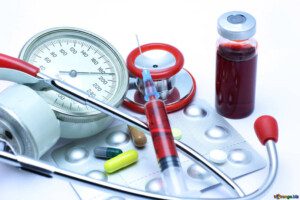 By Guest Blogger Lorna Fortner
By Guest Blogger Lorna Fortner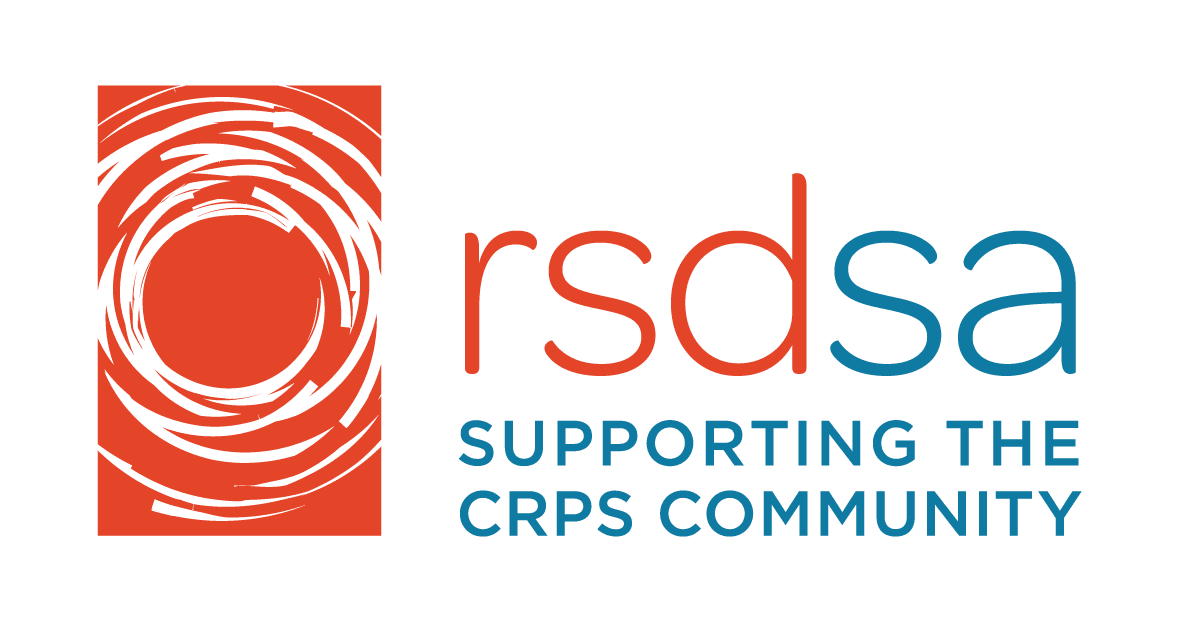
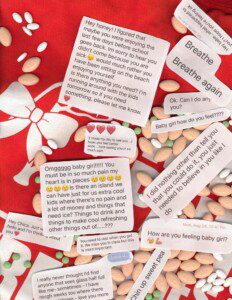 By Guest Blogger Caroline Bert
By Guest Blogger Caroline Bert
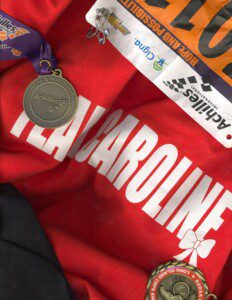
 by Gracie Bagosy-Young
by Gracie Bagosy-Young By Guest Blogger Deborah R. Brandt, PT, DPT, CMA
By Guest Blogger Deborah R. Brandt, PT, DPT, CMA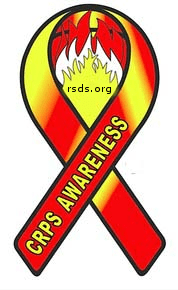 By Lorna Fortner
By Lorna Fortner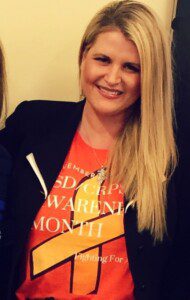 Written by Melissa Wardlaw for the RSDSA blog
Written by Melissa Wardlaw for the RSDSA blog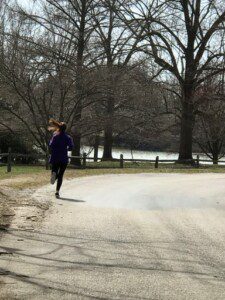 By Guest Blogger Morgan Trevithick
By Guest Blogger Morgan Trevithick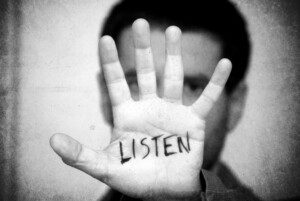 Written by Rachel Ehrenberg for the RSDSA blog.
Written by Rachel Ehrenberg for the RSDSA blog.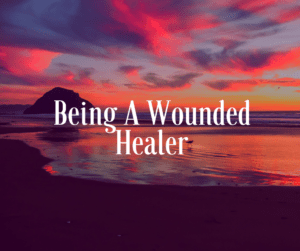 By Guest Blogger Gabe King
By Guest Blogger Gabe King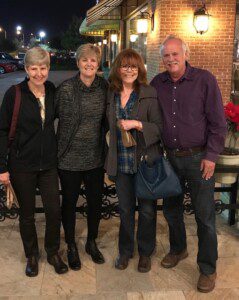 By Guest Blogger Terri Arnett
By Guest Blogger Terri Arnett